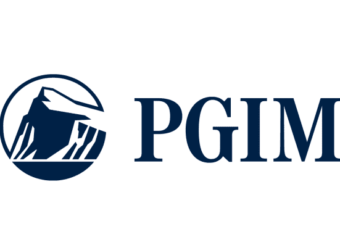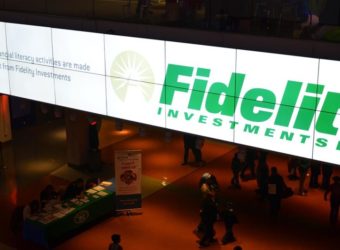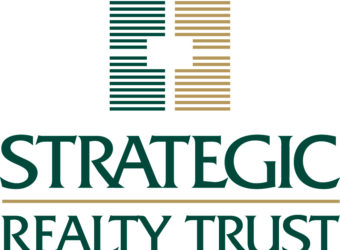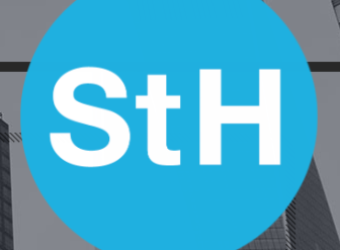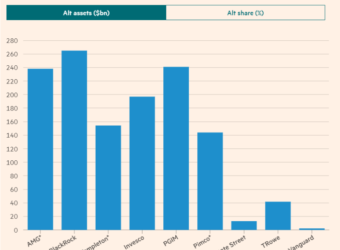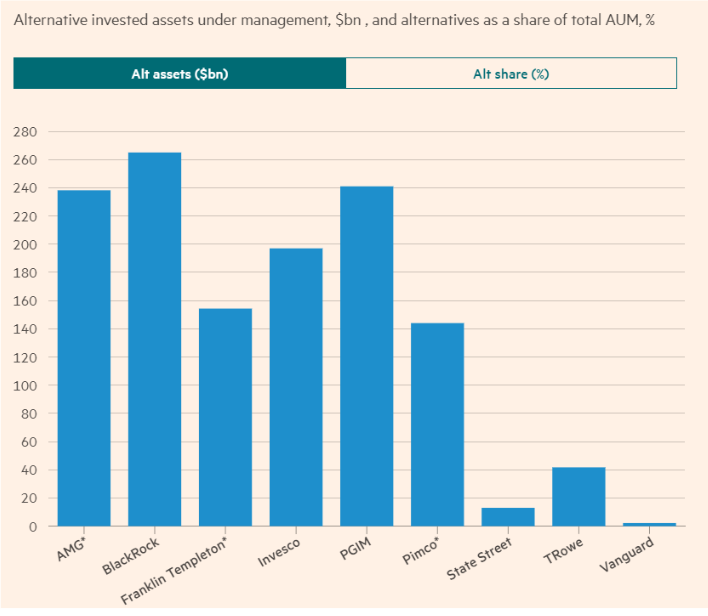STHealth Capital Investment Corp has a sordid history. Some investors knew it as Freedom Capital, others knew it as First Capital Investment Corp. Probably all have been stuck in the investment for years. Now at last, there is an opportunity for long suffering investors to get some cash out and exit their investment. But first lets start with the history.
STHealth Capital Investment Corp History
Originally known as Freedom Capital, StHealth Capital Investment Corp launched in 2015, and raised a small amount of capital in the independent broker dealer space. But it didn’t get critical mass, and another sponsor took over the management contract around 2018. Then the SEC sued this sponsor for self dealing and making material misrepresentations among other crimes, and banned its CEO from the securities industry(a couple years later he got arrested for wire fraud for an unrelated business). New management took over, changed the focus to become a healthcare specialist, and renamed it Sthealth Capital Corporation. One of the directors resigned in protest, and wrote a hilarious letter criticizing the management.
As of September 30, 2021, the last date for which it filed a 10-Q, StHealth had $2.6 million in gross assets, and with its only reported debt being accounts payables and accrued expenses, $2.2 million in net assets. That works out to about $0.55 NAV per share. About half its assets are in cash and the other half is in a messy grab bag of securities. The securities are about ⅔ biotech startups, and ⅓ “other trading securities”. The biotech startups are all Level 3 Assets, so we can’t really take their valuations too seriously. The other trading securities are all reportedly valued based on quoted market prices, although the 10-Q provides no specific detail on individual holdings. Moreover, there has been a lot of market volatility since September 30. If we value the securities at zero, then the net cash per share would be $0.21.
In March 2022, their auditor resigned, citing their decision to no longer operate in the BDC space. In May 2022. The CEO/President/CFO resigned, although he is keeping the chief investment officer role. A new person took over in all of those roles. This past week the chief compliance officer and general counsel resigned. They hired a new chief compliance officer from an outsourcing firm. Several Subsequent 8-Ks indicate StHealth has gone through several compliance executives in the past year. Seems no one in the compliance role wants to stay long.
STHealth Capital Investment Corp Tender Offer
Alternative Liquidity Capital has announced an offer to purchase up to 130,000 shares in StHealth Capital Investment Corp at a price of $0.10 per share. Alternative Liquidity Capital is a Delaware Limited Partnership and is not affiliated with STHealth. The Investment Manager for Alternative Liquidity Capital is related by common ownership to Ockham Data Group, the holding company for Alternative.Investments.
The Offer document provides this explanation for the offer price of $0.10:
In determining the Purchase Price, the Purchaser analyzed a number of quantitative and qualitative factors including: (i) the lack of a secondary market for resales of the Shares and the resulting lack of liquidity of an investment in the Company; (ii) the fact that the company is delinquent in its filing obligations with the SEC, and consequently there is considerable uncertainty as to the value of the Company’s assets; (iii) risks in the Company’s investment strategy and the estimated value of the Company’s assets; (iv) the costs to the Purchaser associated with acquiring the Shares; and (v) the Purchaser’s objective to profit from this Offer. Based on this valuation methodology the Purchaser has established a price of $0.10 per Share.
According to the Company’s Form 10-K for the period ended December 31, 2020:
“The Company’s shares are illiquid assets for which there is not a secondary market and it is not expected that any will develop in the foreseeable future. There can be no assurance that the Company will complete a liquidity event. Even if it does complete a liquidity event, Shareholders may not receive a return of all of their invested capital.” .
To the best of the Purchaser’s knowledge, there company does not have a current share repurchase program.
Additionally, to the best of the Purchaser’s knowledge, the company does not have a currently active share repurchase program. The illiquidity of shares means that Shareholders have limited alternatives if they seek to sell their Shares. As a result of such limited alternatives for Shareholders, the Purchaser may not need to offer as high a price for the Shares as it would otherwise. On the other hand, the Purchaser takes a greater risk in Purchasing Share because Purchaser itself will have limited liquidity for the Shares upon consummation of the purchase.
The Purchaser is offering to purchase Shares which are an illiquid investment and is not offering to purchase the Company’s underlying assets. Although there can be no certainty as to the actual present value of the Shares, the Company established an estimated net asset value per Share (the “Estimated Per Share NAV”) of $0.55 on December 13, 2021, representing the Company’s Estimated Per Share NAV as of September 30, 2021, according to its Form 10-Q- filed with the Commission on December 13, 2021.
The majority of the Company’s assets consist primarily of illiquid investments without a readily ascertainable market value. In its 10-Q for the period ended September 30, 2021, the company notes:
“Due to the inherent uncertainty of determining the fair value of investments that do not have a readily available market value, the fair value of our investments may fluctuate from period to period. Additionally, the fair value of our investments may differ significantly from the values that would have been used had a ready market existed for such investments and may differ materially from the values that we may ultimately realize. Further, such investments are generally subject to legal and other restrictions on resale or otherwise are less liquid than publicly traded securities. If we were required to liquidate a portfolio investment in a forced or liquidation sale, we could realize significantly less than the value at which we have recorded it.”
Since the Company has not current in its SEC filing obligations, there is additional uncertainty as to the value of the underlying assets.
The Company may publish an update to its Estimated Per Share NAV during the period in which this Offer is open. Shareholders should consult the Company’s public filings pursuant to the Securities Exchange Act of 1934, as amended (the “Exchange Act”), for any such updates, which are available at www.sec.gov. In the event that a Shareholder wishes to withdraw its tender of Shares as a result of such update, a withdrawal of tender may be effected pursuant to Section 5 – Withdrawal Rights.
As of the most recent available public filings, the Company’s assets consisted primarily of equity investments in private companies in the healthcare industry. The Company is therefore subject to industry specific risks. In purchasing the shares, the Purchaser will be exposed to risks in the healthcare sector . Declines in the healthcare industry and/or in specific investments in the Company’s investment portfolio could impact the Company’s ability to pay cash distributions.
Before deciding whether to sell your shares to Alternative Liquidity Capital, shareholders are urged to obtain relevant valuations for the shares and are urged to consult with their financial advisor.
If you have any questions feel free to contact the purchaser at info@alternativeliquidity.net or (888) 884-8796. Visit Alternative Liquidity’s website to learn about how you can get cash for your illiquid investments.
